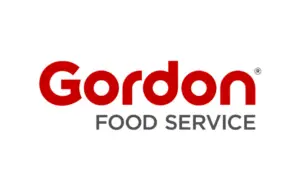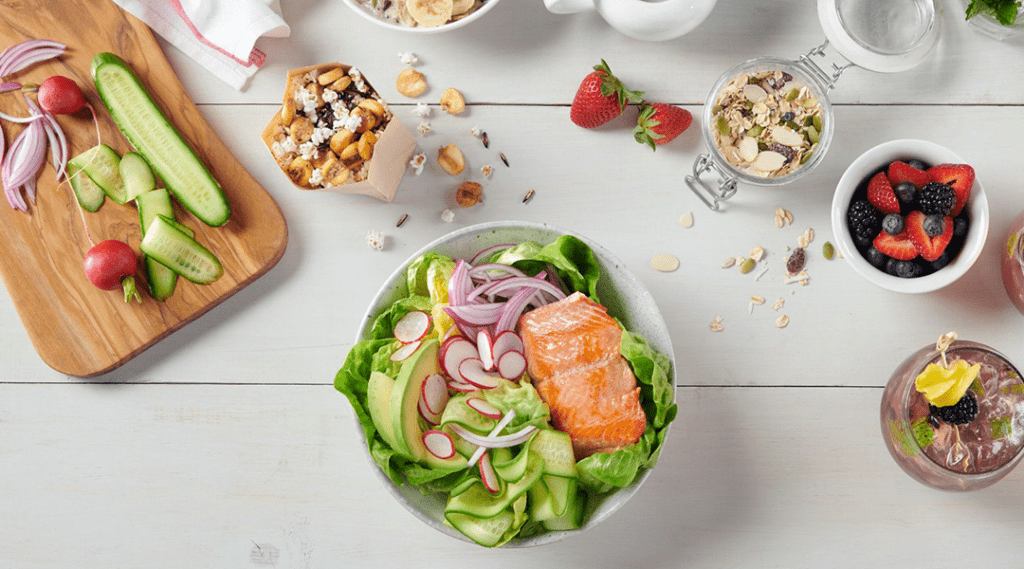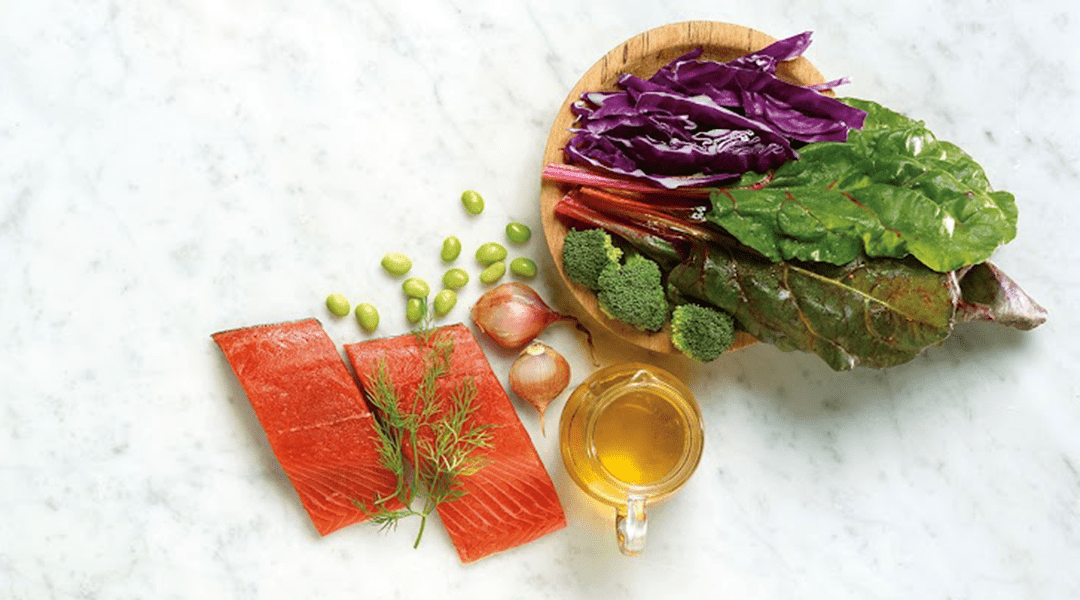Is the center of the plate starting to transform? There’s evidence to suggest that’s the case. With long-standing initiatives like “Meatless Mondays” and research demonstrating that plant-based proteins may help reduce the risk of heart disease or obesity, the Vegetarian Sources of Protein report by the Academy of Nutrition and Dietetics says plant-based proteins are starting to compete for a spot at the center of the plate.
This move to share the traditional spot animal proteins inhabit is also driven by consumers who are carefully considering their food choices and want to know more about what they are eating. Although the traditional center the of plate meals are not going anywhere, it is important to acknowledge the way the center of the plate is evolving, as this transformation could present some unique opportunities for your restaurant.
The benefits of change
As consumers look for healthier options and look at the source of their food, many are turning to plant-based proteins because they are usually lower in saturated fat and cholesterol, and often provide more fiber and are more nutrient dense than meat. When enjoyed with dark green vegetables, such as kale or broccoli, both good sources of calcium and vitamin D, a plant-based meal can also support bone health.
There are two important things to note, according to the Academy of Nutrition and Dietetics eatright.org article 5 Myths about Building a Vegetarian Meal. First, vegetables that provide vitamin D and calcium may also have a higher oxalate content, which could impact the absorption of some nutrients. Second, some plant-based proteins are more challenging to digest compared to animal proteins, because they are enclosed in a plant wall. This does not mean that they should be ruled out from gracing the center of the plate, just important to be aware of when considering offering plant-based proteins to your customers.
Plant-based menu matters
To meet this burgeoning customer need, there are small, simple menu additions you can consider.
- Vegetable burger: Add your own, exclusive blend of spices, a custom sauce and/or unique veggie-based toppings to create a stand-out offering.
- Legume delight: Create a colorful dish chock full of lentils and in-season produce.
- Custom combo: Encourage customers to create their own plant-based platter by selecting from protein-providing sides you already feature, such as black beans, beans paired with rice, seasonal roasted vegetables, steamed edamame, etc.
As plant-based proteins appear in more and more dishes, it’s important to recognize another benefit they offer: supporting a sustainably-focused or socially-responsible dining experience. These concepts are becoming increasingly important to customers. They want to know where their food came from, how it got there and whether it’s helping or hurting the environment. Dining out, for them, is more enjoyable when they know the full story about what they are eating.
Need some additional inspiration? Gordon Food Service has you covered! Our corporate chefs have featured many veg-centric ideas, just ask your Customer Development Specialist for Kitchen TestedSM recipes and details.
The top contenders for your menu
These plant-based proteins are easy to incorporate into your menu. If you do so, don’t hesitate to highlight their health benefits, which are noted below.
Lentils, dried peas, dried beans and chickpeas
Provides: fiber, iron, potassium, and folate
Tempeh and tofu (soy-based proteins)
Provides: calcium, magnesium, iron and zinc
Walnuts, flaxseeds and chia seeds
Provides: healthy fats which include omega 3 fatty acids and vitamin E




























